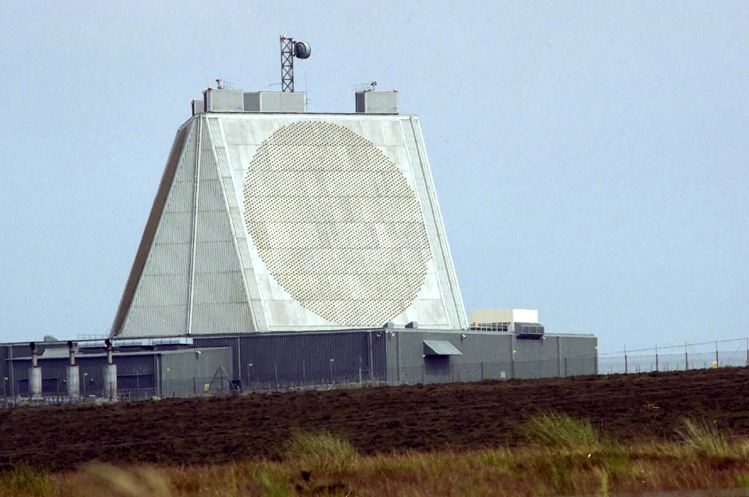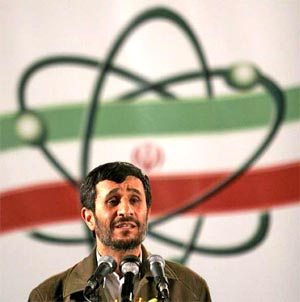Naval Sea Systems Command (NAVSEA) approved new non-destructive testing inspection requirements for pipe welds, Aug. 29, that will save millions in maintenance costs.
The new requirement allows for the replacement of radiographic testing (RT) of carbon steel piping welds on submarines, ships and aircraft carriers with phased array ultrasonic testing (PAUT), providing for more reliable detection of unfavorable weld conditions at reduced costs.
PAUT has proven to reduce testing costs by more than more than 90 percent over RT in actual production applications on several CVN availabilities to date.
“This cost avoidance is a direct result of replacing current inspections with a less labor-intensive and minimally disruptive PAUT method,” said Francis Collins, lead test examiner, NSWC Carderock. “The success of this initial phased array work has provided the foundation for considerable future savings of several million dollars a year.”
PAUT is a flaw detection method that uses sound waves and has improved capabilities for detecting cracks and other crack-like flaws within welds compared to RT that uses short wavelength electromagnetic radiation.
NSWC Carderock and Puget Sound Naval Shipyard initiated the development and qualification of PAUT in late 2008 to advance inspection techniques for carbon steel pipe welds due to the high cost and schedule impact associated with performing RT on shipboard repairs during routine maintenance.
“The use of PAUT directly impacts work performed at naval shipyards by reducing the amount of manpower required,” according to Dr. Kirsten Green, NAVSEA’s technical warrant holder for Nondestructive Testing and Evaluation. “Only two inspectors are needed when using PAUT compared to RT, which requires approximately 10 additional personnel to maintain a boundary from adjacent work areas and often results to disrupting work flow.”
Besides detecting flaws within welds, when PAUT was tested in the aircraft carrier, USS George Washington (CVN 73), it eliminated the need to obtain special approvals to transport and utilize radiation sources as would have been the case using RT. The use of PAUT led to shortened availabilities and enabled the ship to return to service faster.
The PAUT initiative is one of several projects managed by NAVSEA’s Cumbersome Work Practices Task Force. The task force’s goals are reducing shipyard maintenance costs and schedule duration by eliminating non-essential technical requirements and introducing improved processes.











